Artificial Intelligence is reshaping the landscape of graphic design, merging the precision of algorithms with the boundless realms of creativity. As AI evolves, it empowers designers to transcend conventional boundaries, streamline their workflows, and explore new artistic frontiers. The fusion of technology and artistry is more prominent than ever, fueling innovation, efficiency, and imaginative possibilities within the creative industry. With AI tools becoming more accessible and advanced, both novice and experienced designers are finding new ways to craft compelling visuals, redefine brand identities, and meet the rapidly changing demands of audiences worldwide.
The Evolution of Graphic Design through AI
From Manual to Automated Workflows
In the past, graphic design was dominated by manual workflows involving countless hours of sketching, revising, and refining. Every phase, from initial concept to final production, relied heavily on human intuition and labor. As AI has woven itself into the fabric of design, these processes have become more efficient and less labor-intensive. AI applications can now automate repetitive tasks such as resizing images, color correction, and even generating design variations. This automation releases designers from mundane work, allowing them to focus their energy on conceptual innovation and high-level creative decisions.
AI’s Role in Design Software Evolution
Leading design software companies are integrating AI into their platforms, fundamentally changing how designers interact with their tools. Features driven by AI, such as automated photo editing, intelligent layout suggestions, and content-aware fills, have become industry standards. These advancements not only expedite the design process but also help maintain consistency and quality across projects. AI-driven software empowers designers of all skill levels to achieve results that previously required expert intervention, democratizing creativity and expanding what is achievable within graphic design.
Impact on Industry Standards
The introduction of AI into graphic design has raised expectations for turnaround times and the overall quality of deliverables. Clients now anticipate faster results and more sophisticated visuals, given the enhanced capabilities AI provides. This technological leap is redefining industry standards, pushing designers and agencies to adopt AI-powered workflows to maintain competitiveness. The new normal involves not only understanding design principles but also leveraging AI’s analytical strengths to meet elevated demands for creativity and precision.
Unleashing Creativity with AI-Generated Designs

Transformative Artistic Collaboration
The collaborative relationship between human designers and AI systems is revolutionizing the conceptual phase of graphic design. Rather than replacing human ingenuity, AI serves as a springboard for new ideas, generating unexpected suggestions and artistic combinations. Designers are using these AI-generated prototypes to spark creativity, challenge preconceptions, and discover unique approaches that might not emerge through traditional brainstorming. This synergy gives rise to artworks that blend human emotion with machine precision, producing results that are intellectually stimulating and aesthetically distinct.

New Styles and Visual Languages
AI’s vast computational abilities allow it to analyze and replicate countless artistic styles, giving designers access to new visual languages. By feeding large datasets to AI, designers can experiment with novel aesthetics—from classical to highly futuristic—that reinvigorate branding and storytelling. AI can mimic brushstrokes, merge genres, and produce hybrid visuals that may be difficult, time-consuming, or even impossible for humans to create manually. This expansion of the designer’s palette fosters a more diverse and inclusive design landscape, where constant experimentation is encouraged.
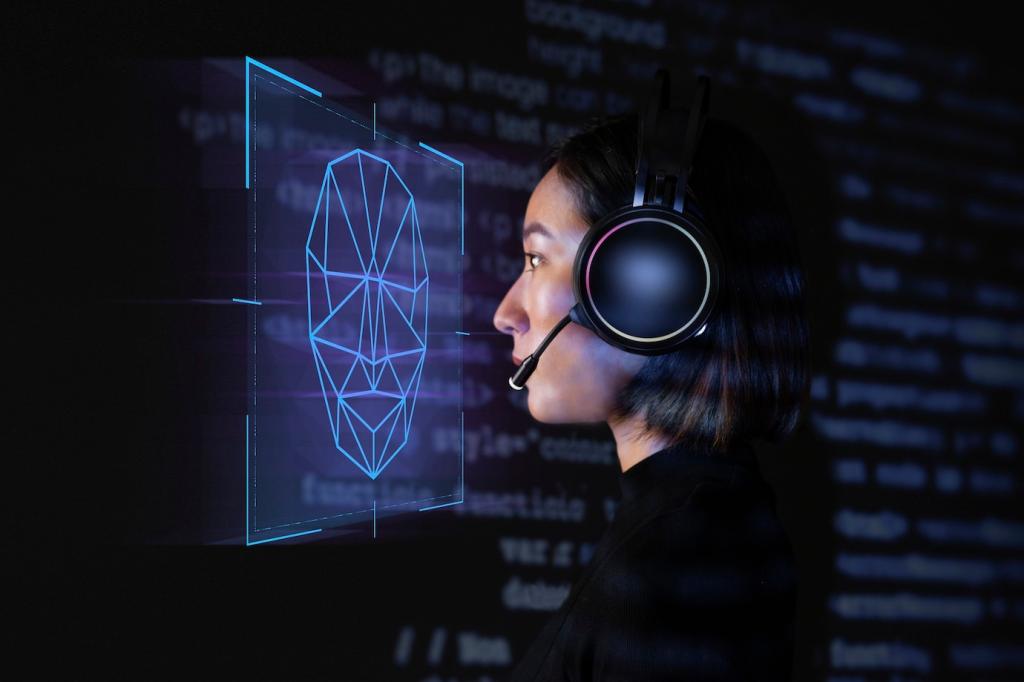
Breaking Conventional Boundaries
By enabling rapid prototyping and suggesting design alternatives, AI empowers designers to explore concepts without the fear of resource wastage. This freedom to experiment helps break down creative barriers, pushing the boundaries of what’s considered possible in graphic design. Designers are no longer confined to a single solution or method, as AI continually provides fresh perspectives. As a result, the field benefits from a surge of innovative visuals and bold new directions that challenge established norms.
Personalized Experiences: Tailoring Design with AI
Data-Driven Customization
AI algorithms excel at processing vast amounts of data, identifying patterns, and deriving insights about user behavior. Designs can now be custom-built to align with specific audience segments, considering factors like browsing history, recent interactions, and demographic data. Designers utilizing AI’s data-driven insights can create visuals that resonate deeply with their intended viewers, making every interaction feel curated. This level of customization was previously unattainable on a large scale, but AI has made it an industry reality.
Dynamic Content Adaptation
Beyond static visuals, AI enables real-time adaptation of graphic elements based on user interactions. For example, websites and advertisements can automatically adjust colors, layouts, or illustrations to appeal to each viewer. This dynamic adaptation ensures that content remains relevant, engaging, and fresh across diverse platforms. Designers are leveraging these adaptive techniques to make their work more interactive and responsive, ensuring that each user’s experience is both memorable and meaningful.
Enhanced User-Centric Design
The ability to personalize design at an individual level significantly enhances user satisfaction and engagement. AI-powered analytics provide invaluable feedback on which visuals perform best, allowing designers to iterate and refine their creations continuously. This cycle of improvement ensures that design choices are guided by tangible outcomes and genuine user preferences. As a result, brands can foster stronger relationships with their audiences, leading to greater brand loyalty and long-term success.
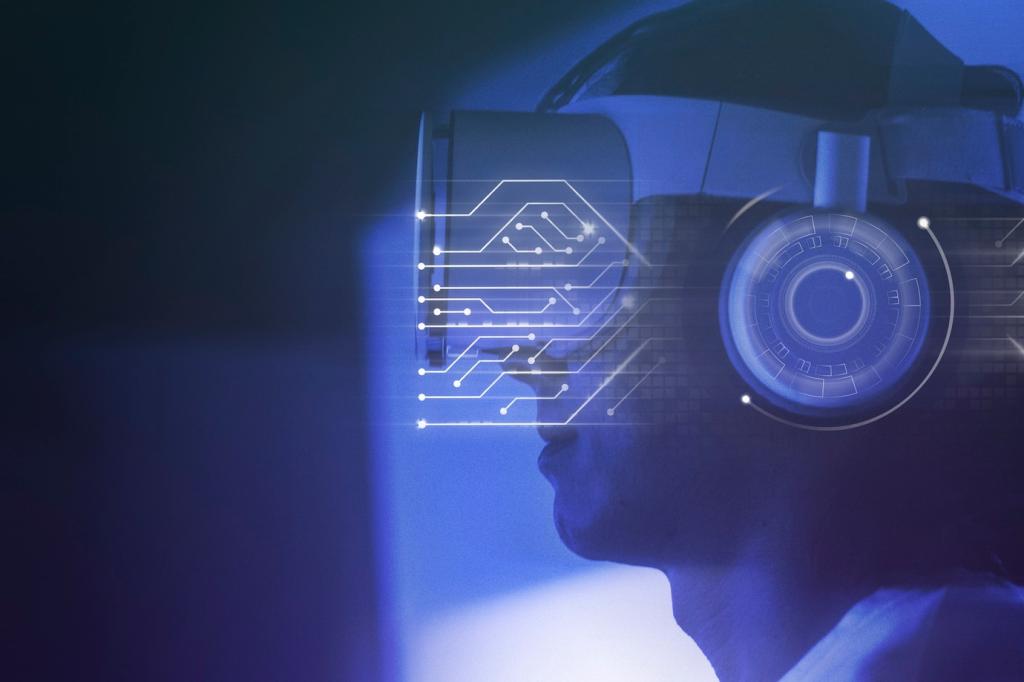
One of the most practical applications of AI in graphic design is the automation of repetitive and labor-intensive tasks. Whether it’s batch-processing images, auto-tagging assets, or populating templates, AI enables designers to handle these actions swiftly and accurately. This automation not only reduces the margin for error but also liberates designers from mundane responsibilities, allowing them to channel their energy into creative pursuits and strategic planning.
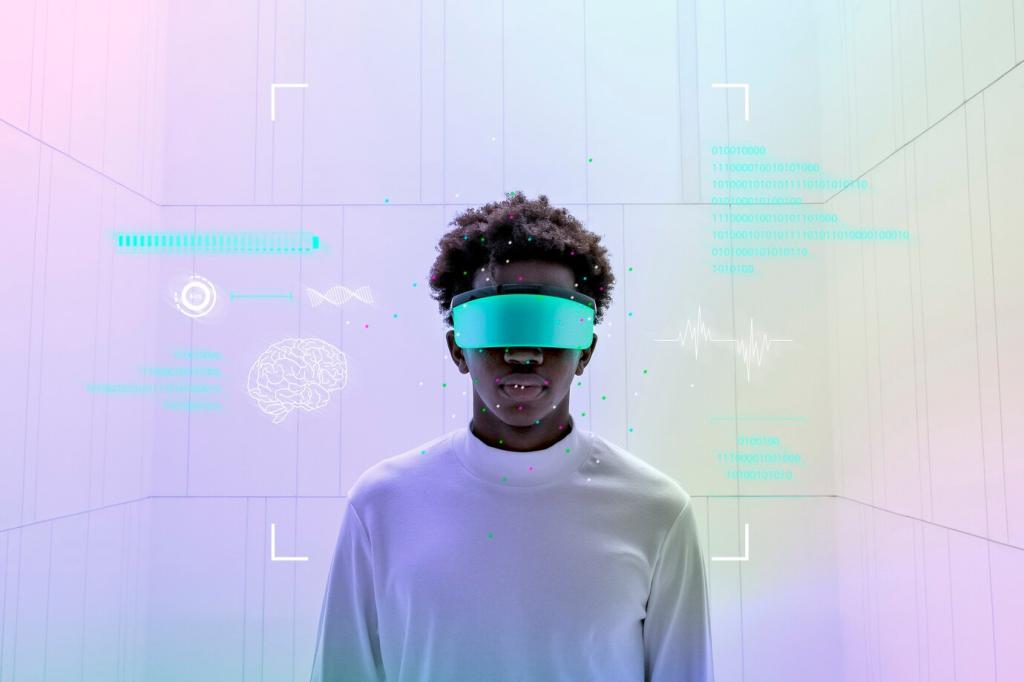
AI-powered tools can optimize resource allocation by intelligently managing assets, tracking project progress, and identifying areas for workflow improvement. By automating these logistics, design teams can operate more sustainably, minimizing material waste and maximizing output with fewer resources. This level of efficiency leads to consistent quality, reduced operational costs, and more predictable timelines, benefiting clients and creators alike.
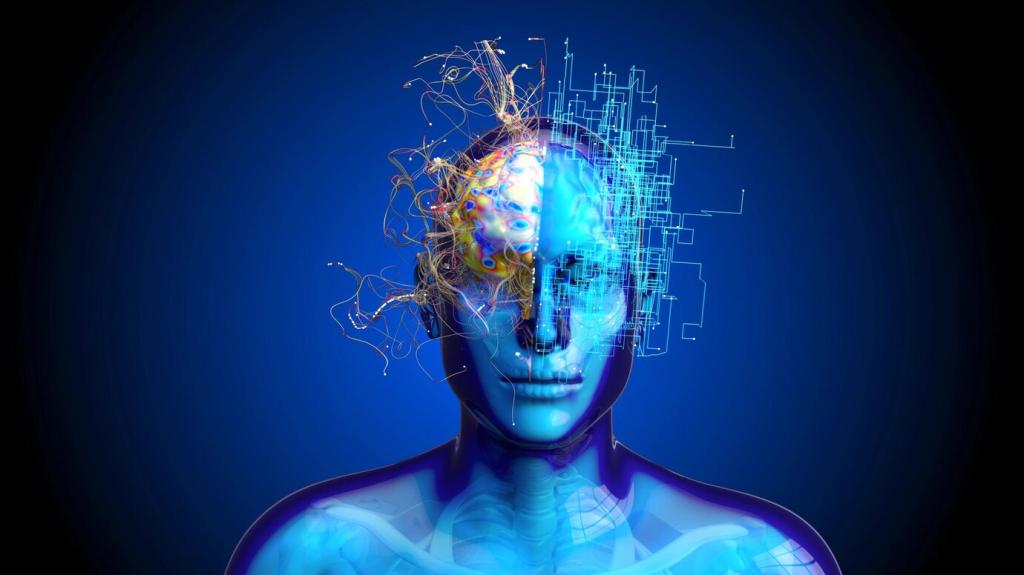
Collaboration is critical in modern graphic design, especially as teams frequently work across geographies and time zones. AI-driven project management and communication tools streamline the collaborative process by assigning tasks, tracking revisions, and maintaining clear documentation. These advancements minimize misunderstandings and keep projects on track, ensuring that every stakeholder is aligned and that creative intent remains consistent throughout each phase.
Enhancing Visual Consistency and Quality
Automated Quality Control
AI-powered systems can meticulously analyze design elements to detect inconsistencies, errors, or deviations from brand guidelines. By automating quality control, organizations can significantly reduce the risk of flawed deliverables reaching clients or the public. These intelligent systems review everything from font usage to color schemes, flagging discrepancies and proposing corrections instantly. As a result, designers can spend less time proofreading and more time enhancing creative content.

Overcoming Challenges and Ethical Considerations
Determining authorship can become complex when AI contributes significantly to the design process. Questions arise about who holds the rights to AI-generated art and how much credit should be given to software versus the designer. The industry is actively exploring frameworks to ensure fair attribution while respecting the input from both human creators and AI systems. Addressing these concerns is essential for protecting intellectual property and fostering a healthy creative ecosystem.
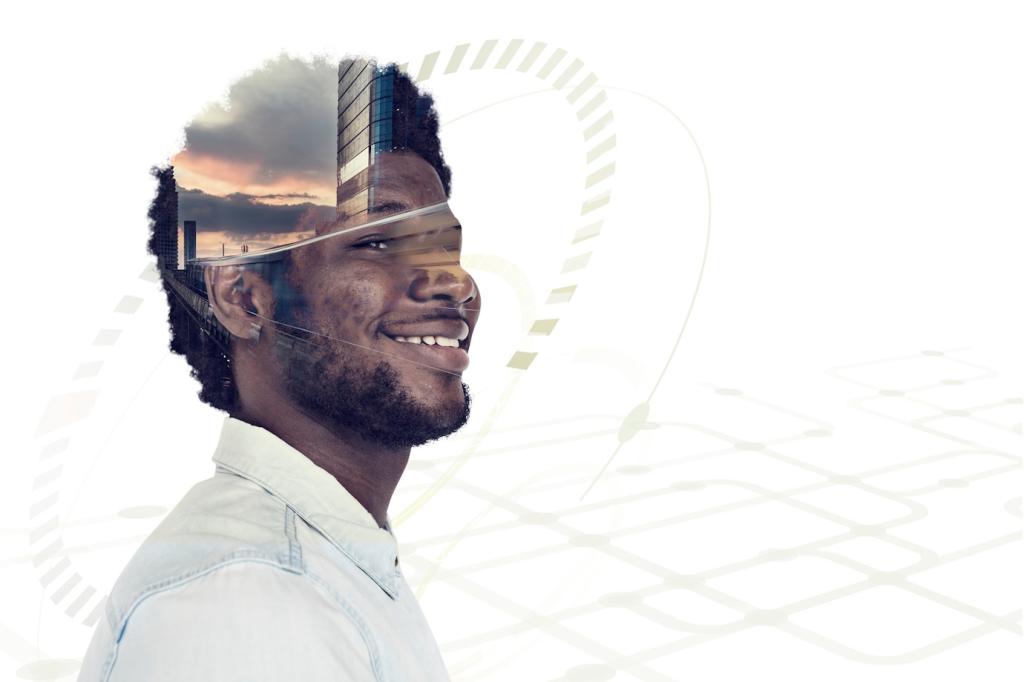
The Future of AI-Driven Graphic Design
Generative design, powered by advanced AI algorithms, is expected to become increasingly sophisticated. Future systems may be capable of producing complex, multi-layered visuals tailored to highly specific requirements, surpassing the bounds of current human imagination. These advancements will empower designers to explore deeper creative territories and push the boundaries of visual communication even further.
AI will not exist in isolation; its future is intertwined with other innovations such as augmented reality, virtual reality, and real-time data visualization. Graphic design powered by AI will seamlessly integrate with these technologies, offering immersive and interactive experiences that redefine how audiences interact with brands and content. Designers who embrace this convergence will be at the forefront of crafting new forms of digital storytelling.
One of AI’s most profound impacts in graphic design is democratization. As tools become more intuitive and accessible, individuals with varying levels of artistic training can participate in the creative process. This empowerment leads to a more diverse pool of voices and perspectives, driving innovation and paving the way for a richer, more inclusive design ecosystem moving forward.
